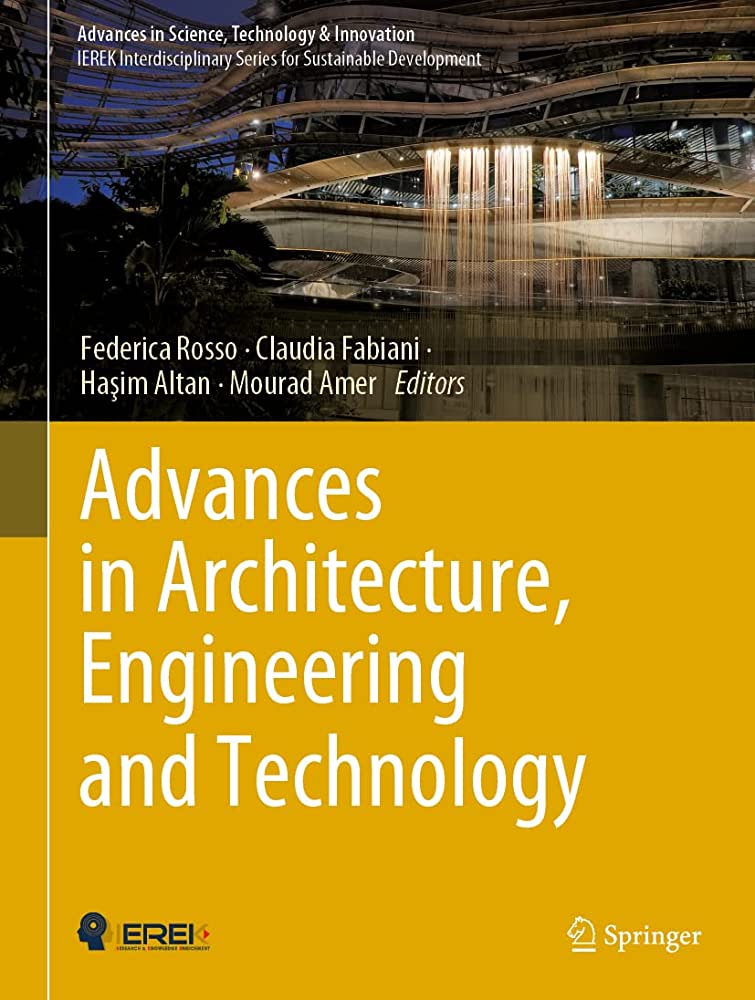Volatile organic compounds (VOCs) laden emissions are becoming of great concern in the context of atmospheric pollution, due to their adverse effects on both the environment and human health. Physical–chemical processes (PCPs) and biological processes (BPs) represent widely used solutions for the VOCs degradation. The process limitation by recalcitrant nature and toxicity of the secondary metabolites for BPs and the need for further treatments of the phase in which the contaminants are transferred for PCPs represent critical aspects for the implementation of the conventional processes. To overcome these drawbacks, the development of innovative advanced oxidation processes (AOPs) for the treatment of gaseous organic compounds is of key interest. The research aims at evaluating the performances of UV-assisted ozonation (UV/O3) process for the degradation of VOCs emissions. Toluene was identified as the target compound for the experimental activities. A novel configuration with an additional scrubbing phase is proposed and assessed to improve the removal efficiency and to prevent the release of polluting intermediates of the single-step process. Inlet toluene concentration and applied voltage were varied in order to test the investigated configurations. As inlet concentration was increased, abatement of toluene decreased. An increase in ozone concentration led to an increase in the degradation efficiencies. The additional water-scrubbing step enhanced the abatement of UV/O3 up to 98.5%, due to the solubilization of ozone and by-products in the process water and, thus, the further oxidation of the contaminants within this phase. A maximum elimination capacity (ECmax) of 22.6 g m−3 h−1 was achieved with the UV/O3 + Scrubbing. The combined system boosted higher performance and stability compared to the stand-alone (UV/O3) process along with more economical and environmental sustainability. © 2022, The Author(s), under exclusive license to Springer Nature Switzerland AG.
2022
Abatement of Atmospheric Pollutants: UV–Ozone Oxidation for the Degradation of Gaseous Toluene
- Advances in Science, Technology and Innovation
